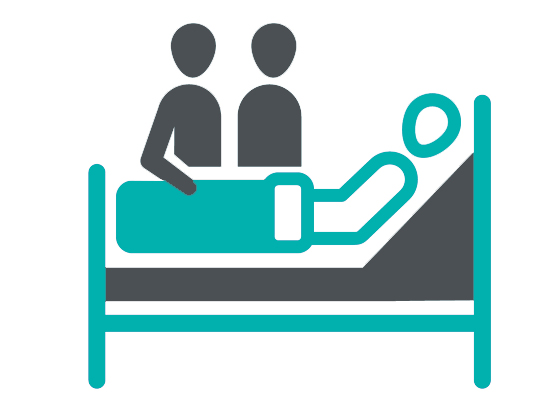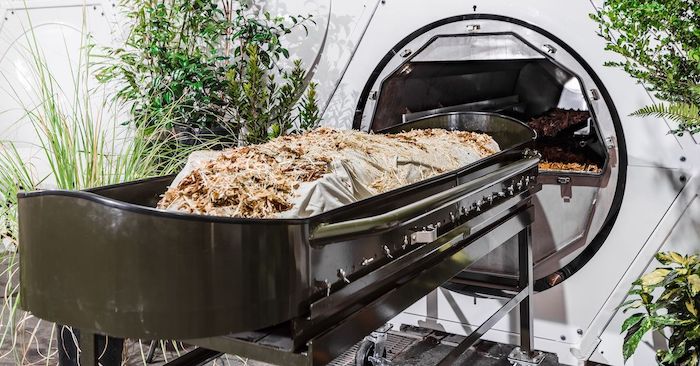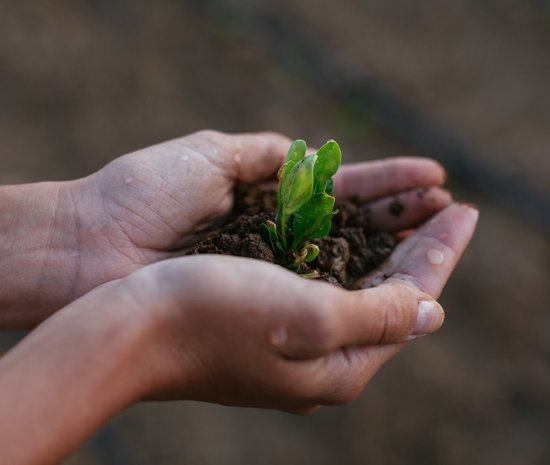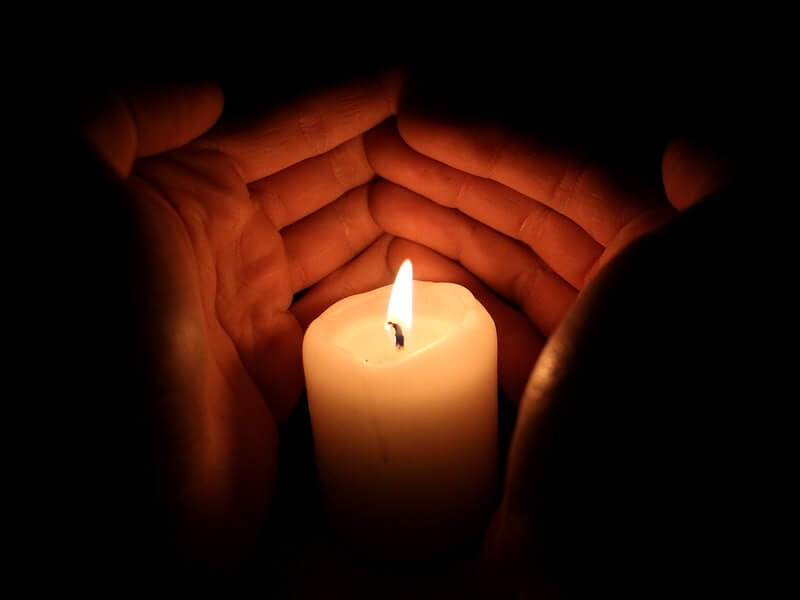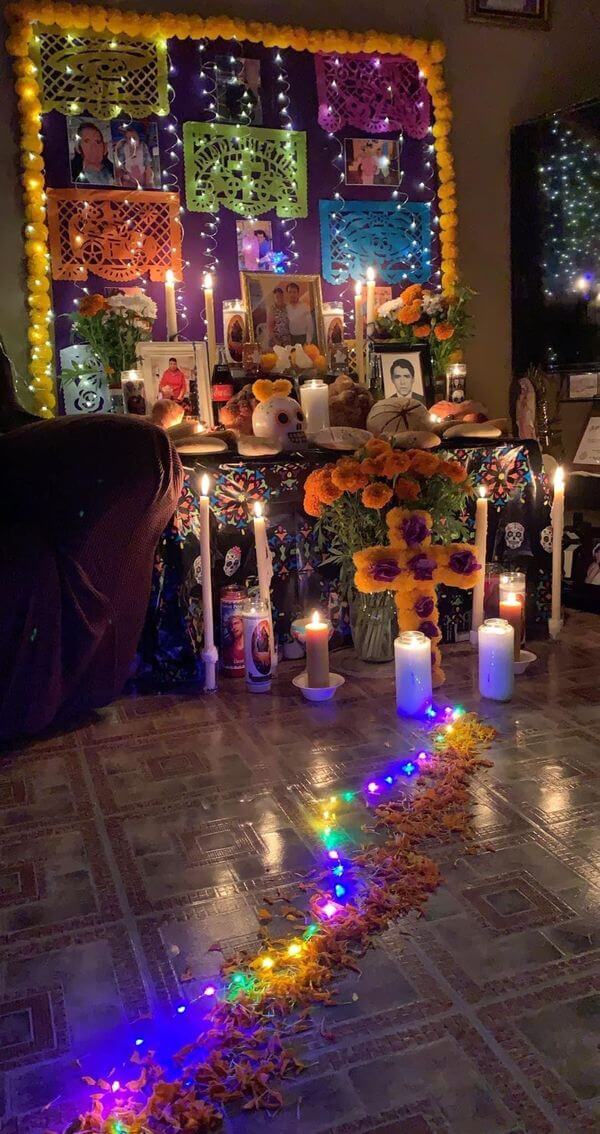You’ll likely have to tackle the topic of death with your kids at some point, whether that conversation is spurred on by a death in the family, a school shooting in the news, or simple curiosity.
It’s natural to feel a little uneasy approaching this conversation due to your own discomfort and fear around death, or because you’re afraid of upsetting your child, says Reena B. Patel, a licensed educational psychologist and board-certified behavior analyst. Even so, talking to your child about death can help them understand this difficult topic more easily.
What’s more, in the case of publicized tragic events like school shootings, it’s especially important to take the lead in discussing what happened with your child rather than let them find out from the media, says Bethany Cook, a licensed psychologist in private practice.
The news is written and reported in an effort to captivate the viewer, Cook says. In other words, it’s not crafted to your child’s age or level of understanding, and it won’t be able to answer any follow-up questions they have or provide emotional support, she says.
These expert-approved tips can help you talk to your kids about death in a gentle and supportive way.
If your child has a favorite stuffed animal, blanket, or toy they like to carry around or sleep with, you might give it to them to hold for comfort before starting the conversation.
It’s OK to share a loved one’s death with more than one child at the same time if there isn’t a big age difference between them. However, if they aren’t close in age, you may want to have separate conversations so you can tailor your language accordingly.
When sharing the news of a tragic event, such as a school shooting, Cook recommends choosing a private, comfortable space with minimal distractions and presenting the information in chunks.
“The first piece should be geared toward the younger family members,” she says. “Keep it simple, clear, and concise.”
You might start by saying something along the lines of, “Did you hear about something that happened at a school in [XYZ state] today?” If they did, you can ask:
- “What did you hear?”
- “How do you feel about it?” “Do you have any questions?”
If they aren’t yet aware, Cook recommends saying something along the lines of, “Someone went into a school with a gun and killed some people.”
Then, give them a chance to ask questions and share their feelings. After you validate those feelings, Cook recommends setting younger children up with an activity, like a movie or engaging toy, in another room so you can continue the conversation with older children.
Adolescents and teens may have more intense emotional reactions to this news, so be prepared to validate their feelings while reassuring them as best as you can that the school staff is trained to keep them safe.
2. Be honest and concrete
While you might feel tempted to withhold news of a death in an attempt to protect your child, Patel says it’s important to be direct and transparent.
Children often know when you aren’t telling the complete truth. Even if you have good intentions, that dishonesty could erode their trust in you.
You don’t need to share all the details of a person’s death with a younger child, who may not even be able to grasp them. When it comes to older children, though, don’t intentionally leave out key facts — even if the facts are potentially upsetting.
Say a relative died of an accidental drug overdose but the official cause of death was heart failure . Hannah Ly, a child therapist in private practice, advises against saying “They had a heart attack” without mentioning the drug use.
“Leaving out facts could lead to emotional distress when they find out the truth as an adult,” she says.
3. Start small and let them take the lead
In order to avoid overwhelming your child with too much information up front, Patel recommends sharing in doses. Start with simple facts about who died and what death means. Then, allow them to take control of the conversation by giving them an opportunity to ask questions.
For instance, if you tell your child a loved one died due to an illness, like cancer, they might ask why a doctor couldn’t make it better. You can respond matter-of-factly by saying “Doctors can’t always fix everything.” Or, if they don’t ask any questions, that’s OK, too.
Remember, they may need to digest the concept of death in bits and pieces, so just know they might come back to you with more questions on another day. Even if they don’t, you might always follow up yourself in a day or two, after they’ve had some time to process the news.
4. Avoid certain euphemisms
You may feel uncomfortable using the words “death” or “dead,” but Patel advises against using euphemisms to soften the blow. This kind of language can cause misunderstandings and confusion and ultimately do more harm.
For example, if you say the person “went on a long journey,” your child may then be retraumatized when they realize the person will never actually come back. Or, if you say they “went to sleep,” Ly says your child may develop anxiety at bedtime and become afraid they might die in their sleep.
Ly advises focusing on the basic facts of what happened. Say a loved one died naturally due to age. You might explain to a younger child that after many years of life, your body gets so tired that eventually your heart stops beating, your brain stops thinking, and you stop breathing.
5. Allow space for every emotion
Keep in mind that children can experience grief in widely varying ways, just like adults. They may:
- Express anger, sadness, or confusion
- Cling closer to you or isolate themselves
- Need to talk about it a lot to process it, or become quieter and more withdrawn
- Seem unaffected by the loss
According to Patel, there is no right or wrong way for them to grieve. Ideally, you want your child to understand no emotion is off-limits so they feel safe and supported in expressing themselves however they need to.
Explain that they can come and talk to you any time. When they do share with you, make sure to validate their feelings by saying things like:
- “It sounds like you’re really upset, and that’s totally normal.”
- “Of course you’re sad — lots of people feel that way when they have to say goodbye to someone.”
“Let them know it’s OK to cry, and it’s also OK if they need alone time,” Patel says.
If their grief is affecting other areas of their life, such as their performance at school, Ly advises seeking guidance from a mental health professional.
You might start by mentioning the changes you’ve noticed in a curious and non-judgmental way, and asking your child why they think they might be struggling. You can also talk to their teachers to get their perspectives and observations, Cook says.
6. Feel free to express your own grief
You may worry that expressing your own emotions around death will make things worse for your child — but in reality, experts say it’s much better to show your grief than stifle your emotions in an effort to protect them.
You can normalize grief and mourning for your child by openly expressing your emotions, Patel says. It also helps to model healthy coping skills, like journaling, connecting with loved ones, and practicing good self-care.
Children tend to model the behavior they pick up on from the adults in their lives. If they notice you’re comfortable discussing death, and your feelings around it, they’re more likely to do the same.
Conversely, avoiding discussing the death or your feelings about it can send a message that talking about death is somehow bad or harmful. They might then avoid the topic, too — which Ly says may prevent them from fully processing their emotions not only in response to that particular death but others down the road.
7. Keep their age in mind
While it’s important to speak honestly with your child about death, it can be challenging to do so while steering clear of unnecessary details that may traumatize them.
Experts recommend considering your child’s age to find a balance. Here’s how each age group typically perceives and understands death:
Preschool (ages 3-5)
At this age, children may still think of death as temporary or reversible. They may have trouble understanding that when someone dies, they don’t come back. A 2018 study found that media representations of death can often contribute to these unrealistic ideas about death. For instance, an analysis found that 31.6% of the deaths in 57 Disney and Pixar films were portrayed as reversible.
According to Cook, it’s OK if your child isn’t able to grasp the finality of death just yet. You can continue to reinforce the fact that it’s permanent through examples — like how once a tree dies, it doesn’t grow back.
Elementary school (ages 5-9)
At this stage, your child may be coming to grips with the idea that everything and everyone dies eventually, and that death is permanent. They may start expressing concern about their parents or friends dying and begin asking a lot more questions about death in general.
“Magical thinking” at this age can cause them to question whether something they said or did caused the person’s death, or whether they can say or do anything to bring them back.
You can reassure them the person’s death was not their fault without dismissing their feelings.
Middle childhood (ages 9-12)
Once they reach this age range, kids often start to acknowledge that death applies to them, too, so they may have more philosophical questions about life and death. They might be more inclined to dig into “why” death happens, especially when it comes to tragic events like murder and suicide.
Certain events can threaten their sense of safety in the world, which makes it important to reassure them you’ll always do your best to keep them safe. It can also help to offer them plenty of choices in everyday life so they can maintain a sense of control in an unpredictable world. For example, you might:
- Give them three options for how they’d like to spend their Saturday afternoon.
- Let them pick between a few different outfits for school.
- Encourage them to select which book they’d like to read at bedtime.
You can also offer multiple options for how to commemorate the deceased person so they can say goodbye in the way they’d like to.
Teens (ages 13-18)
At this point, your child likely has a strong understanding of what death means, so you can focus your conversations around empathizing with and validating their feelings — which may range from sadness or fear to anger and numbness.
Cook advises continually checking in with them to remind them that you’re there to listen, without pressuring them to talk if they don’t want to.
“Follow their lead,” Ly says. “Normalizing the grieving process and giving them space is important.”
If your teen is unwilling to share their feelings with you, but you sense they may need some emotional support, Ly suggests offering to help them connect with a counselor.
8. Shape the conversation according to how the person died
How a person died will play a part in:
- What you tell your child
- How much you should share
- The way you choose to discuss the topic
A sudden death
For example, if a person died suddenly due to a heart attack or car accident, Patel says your child may be in shock and have a lot of questions since they didn’t have the chance to say goodbye.
A natural death
A death due to age can lead to a larger discussion about the circle of life, Patel says. She says you can feel free to use metaphors in nature to help young children understand death — like pointing out how a flower starts as a seed, gets bigger and bigger until it stops growing, starts wilting, and eventually stops living.
Once your child begins to recognize that all plants and animals die, too, they may have an easier time transferring this understanding to people.
A death due to illness
On the other hand, if the person died due to an illness, whether Alzheimer’s or COVID-19, you might explain they had a disease that makes your body stop working as it should. Ly says you can use similar wording to simplify death related to mental health conditions, too.
A death due to suicide
When telling a child about a death by suicide, it helps to answer questions honestly but focus more on your child’s feelings, rather than the details.
It’s essential to:
- Offer reassurance that nothing your child did or said caused the loved one’s death
- Stick to the facts
- Encourage questions
- Prepare to have multiple conversations about suicide — not just in the days after you share the news, but in the weeks and months to come
If a relative who had depression died by suicide, you might tell a young child, “Their depression made them so sad they didn’t want to feel anything anymore, and so they decided to stop their body from working.”
You could also emphasize to older children that depression is a mental health condition, not a choice or personal failing.
For more guidance on talking about suicide with children and teens, visit the American Foundation for Suicide Prevention.
A violent death
If you find yourself needing to explain a murder, school shooting, or other violent death, keep it simple and only use language they’d understand. For instance, if they ask why the shooting happened, you might say, “People who are hurt and angry sometimes hurt other people.”
9. Other helpful strategies
Death can bring up a lot of feelings like fear, uncertainty, and vulnerability for your child. Some strategies experts recommend for comforting them include:
Make a memory box
Patel advises helping your child to put together a bereavement box filled with special tokens that remind them of the person who died.
This activity can promote positive memories about the person and help them process their grief at the same time. On days when they’re thinking about the deceased person, they can pull out their memory box to help them cope.
Items to add might include:
- Photographs
- Cards written by that person
- A sample of their cologne or perfume
- Personal items of theirs like jewelry or a passport
- Keepsakes like tickets from travel or events your child attended with the person
Write a goodbye letter
If your child feels sad they never got to say goodbye, Hicks says you can encourage them to write a letter to the deceased. You can tell your child the letter offers the space to say anything they wish they got to say. If they’re not sure how to begin, ask them how that person made them feel, or what they loved most about them.
Another option, according to Hicks, is to give your child a journal and let them know it’s their safe, private space to share whatever they’re feeling.
Keep up routines
Since the unpredictability of death can disrupt a child’s sense of security, it’s a good idea to maintain as much structure and consistency in their life as possible.
Try to keep up with routines when it comes to schoolwork, meal times, play, and other activities.
Lean on other resources when needed
You can find many books about death specifically geared toward children in your bookstore or local library. Some of these may help fill in the gaps you find most challenging to explain.
Ly recommends reading “The Invisible String” and “When Dinosaurs Die” to check whether either option might help you explain loss to your child.
The National Association for the Education of Young Children has also compiled a list of additional books and other helpful resources. Find that here.
Consider professional support
In some cases, your child may benefit from talking with a therapist about their grief.
A small 2013 study examined children and adolescents with prolonged grief disorder, a condition marked by feelings of intense longing and intrusive thoughts about a deceased loved one six months or more after their death.
Researchers found that children who received nine sessions of cognitive-behavioral therapy, a common form of talk therapy, experienced a reduction in symptoms of grief, depression, and post-traumatic stress disorder.
Patel, Ly, and Hicks say a child may be finding it difficult to cope if they have:
- Trouble falling or staying asleep
- Increased nightmares
- Changes in appetite
- Less interest in their favorite activities, including socializing with friends
- Persistent worrying about death, especially pertaining to parents and caregivers
- Frequent angry outbursts or temper tantrums
If you notice these behaviors — or any others that seem to affect your child’s health and well-being — your child may need additional support to begin healing.
A good next step involves connecting with your child’s teacher or guidance counselor for more support. You can also reach out to a therapist or counselor or ask your child’s pediatrician if they can recommend one.
Insider’s takeaway
As a general rule, death is best explained to children in a simple and straightforward way, without misleading euphemisms. Always offer the opportunity for your child to ask questions, and make it a point to validate any feelings they share.
You don’t need to hide your own grief — in fact, expressing it openly tells your child two important things: Their feelings are natural, and it’s OK to express those emotions openly.
Just know talking to your child about death won’t be a one-and-done conversation. You can share information in smaller doses to avoid overwhelming them, but you’ll also want to let them know your door is always open, so to speak, so they can come to you with any questions or fears.
Complete Article ↪HERE↩!


